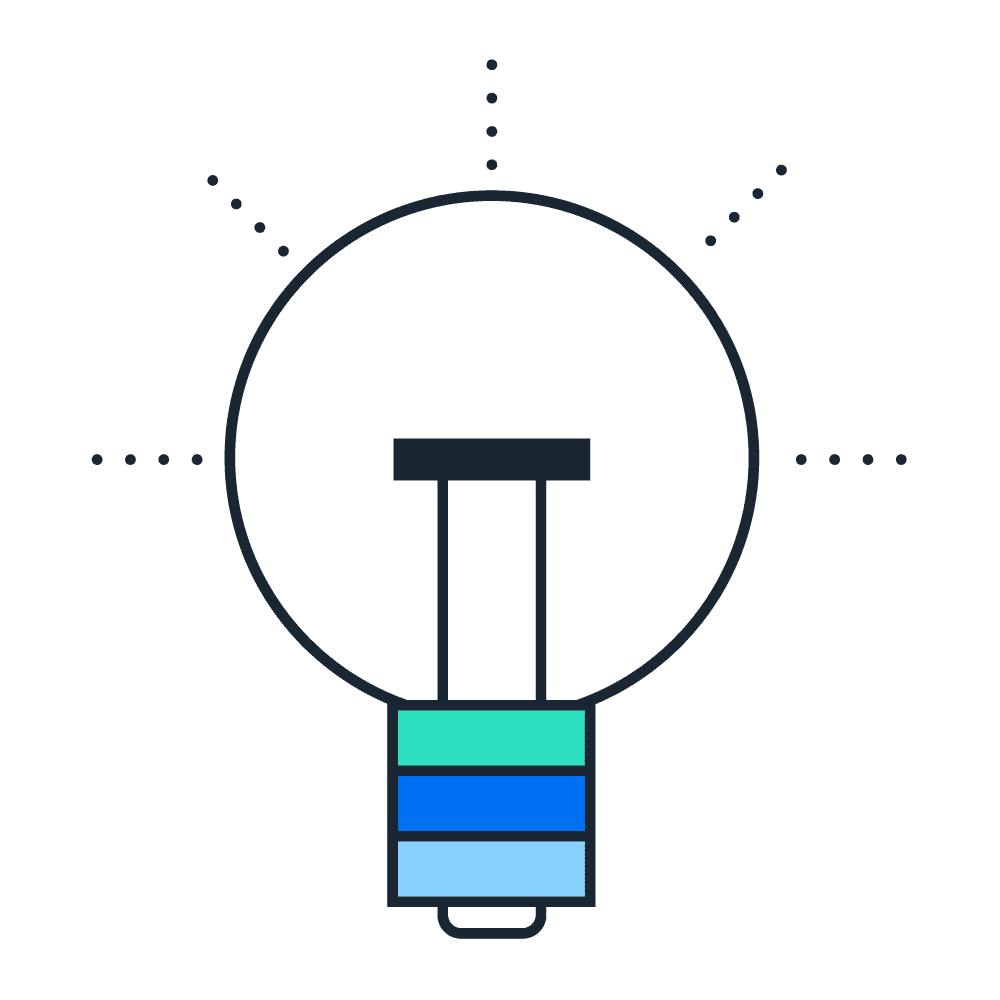*Getting Started with SAP Datasphere
Welcome! This Getting Started page will be a key resource in quickly finding the resources you need to dive in.

What is SAP Datasphere?
SAP Datasphere enables a business data fabric architecture that uniquely harmonizes mission-critical data across the organization, unleashing business experts to make the most impactful decisions. It combines previously discrete capabilities into a unified service for data integration, cataloging, semantic modeling, data warehousing, and virtualizing workloads across SAP and non-SAP data.
SAP Datasphere is the evolution of SAP Data Warehouse Cloud. It provides a unified data experience to deliver seamless and scalable access to all your business data. We’ve kept all the powerful capabilities of SAP Data Warehouse Cloud and added new data integration, data cataloging, and semantic modeling features that are now available, and we will continue to build on in the future. As of March 8, 2023, existing SAP Data Warehouse Cloud tenants will transition to SAP Datasphere. This update will be automatic, and existing SAP Data Warehouse Cloud customers will continue as is with either subscription or CPEA offerings without interruption. Though this content references SAP Data Warehouse Cloud, the information applies to SAP Datasphere.

Become a Business Data Expert
We want to empower users at every skill level to easily infuse business data into their data projects. These learning resources will help both business and IT users more easily integrate, model, and connect business data across their data estate.
- Check out the Learning Journey for training and learning resources.
- Get a hands-on, guided tour of SAP Datasphere with the SAP Datasphere Guided Experience!
- Complete the SAP Datasphere Free Online Course
- Start the Getting Started Mission for tutorials on data modeling fundamentals.
- Free openSAP Course: Introduction to SAP Datasphere
- Explore the components, concepts, and workflows with the Help Guide.
-1.png&w=3840&q=75)
Get Started with your SAP Datasphere Tenant
Wondering what to do first with your brand-new system? Here are some resources to get you up and going:
👉 Getting Started with your Tenant.
Get onboarded at the SAP BTP Resource Center and learn how to set your business up for success! Use the Calculator to determine storage, compute, data lake, and BW Bridge sizes for your system. Schedule a 1:1 session with an SAP BTP Onboarding Advisor.
Explore Features and Capabilities of SAP Datasphere
SAP BW bridge
Learn about SAP's new BW bridge technology for moving your BW data, models, and staging to the public cloud by reusing your BW experience.
Check out more details on the BW bridge page.
Spaces
Spaces help you to manage resources and customize user experience to the use cases that matter most to each individual or team. Find more information on how you canset up and manage your Spaces.
Learn more
Data Integration
Built on the concept of cross-application warehousing, SAP Datasphere prides itself with its openness and flexibility.Connectto a multitude of systems, on-premise sources or third-party ETL tools to experience the full potential of a data warehouse in the cloud.
Learn more
- See the SAP Help Documentation and watch thisVideoto learn how to create a connection.
- Find information about the Data Provisioning Agent Connectivity on the SAP Help Portal.
- Learn about the flexibility and openness of SAP Datasphere in connecting to third-party Business Intelligence tools and complete the Tutorial or see the SAP Help Documentation.
Data Preparation
SAP Datasphere allows you to use a great variety of data sources and types. At times, this data needs to be prepared before it's ready to be analyzed. This module will teach you how to start collecting and cleaning your data.
Learn more
- Learn about the Repository Explorer on the SAP Help Documentation or watch this Video.
- Find information about the Data Integration Monitor on theSAP Help Documentation or watch this Video to get an overview.
- Learn how to upload flat files and explore the Data Integration Monitor with which you will get hands-on with data replication and essential data monitoring capabilities by completing the
Data Modeling
Preparing your data ensures that it will be ready for use in reports and data Stories. In this module, you'll learn how to define your data structure using tools and features like the Data Builder, Semantic Layer, SQL modeling, and more.
Learn more
- Learn how to create graphical views by completing the Tutorial: Basic Data Modeling with a Graphical View or watch this Video. If you want to know all the features, see the SAP Help Documentation.
- Learn about the business modeling capabilities of the Business Builder on the
Intelligent Lookup
The Intelligent Lookup helps business users to harmonize data with ease where standard techniques fail. Often datasets belong together semantically, but not technically. This is very often the case for data coming from different sources.
Learn more
- Find more information on the Intelligent Lookup Landing Page.
- If you want to know how to create Intelligent Lookups, please see the SAP Help Documentation.
- Intelligent Lookup FAQ
- End to End Video
Hybrid Scenarios
SAP Datasphere protects your existing investments by letting you reuse your existing on-premises data models.
- Hybrid – access to SAP HANA for SQL data warehousing
- Integrated with SAP SQL data warehousing sharing a single DB-Tenant
- Introduction to the ABAP-Adapter
- Capabilities of the ABAP-Adapter Connection – Fast Track
- Capabilities of the ABAP-Adapter Connection to on-premises BW/4HANA & BWonHANA
- Capabilities of the ABAP-Adapter Connection to on-premises S/4HANA & ECC